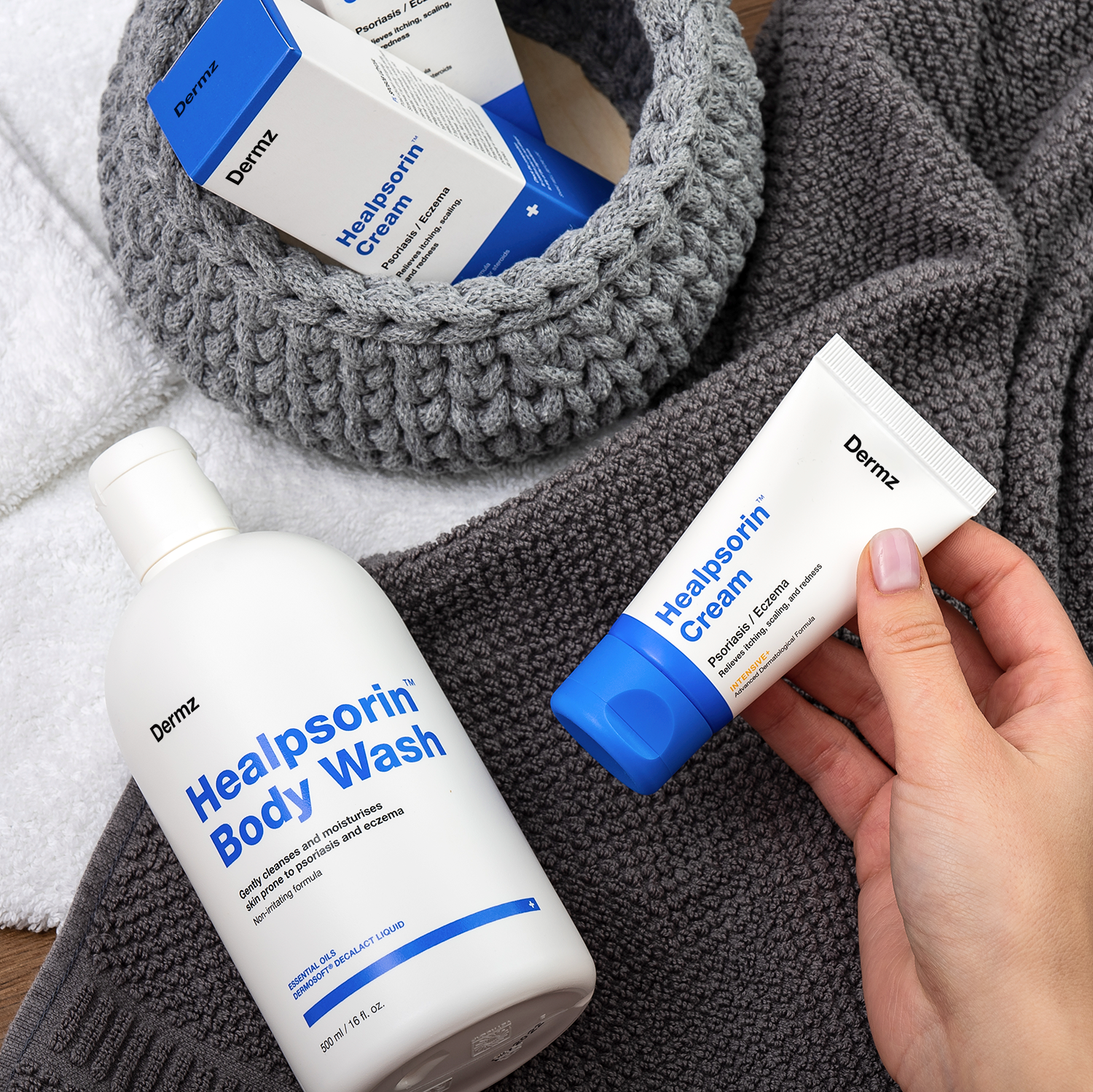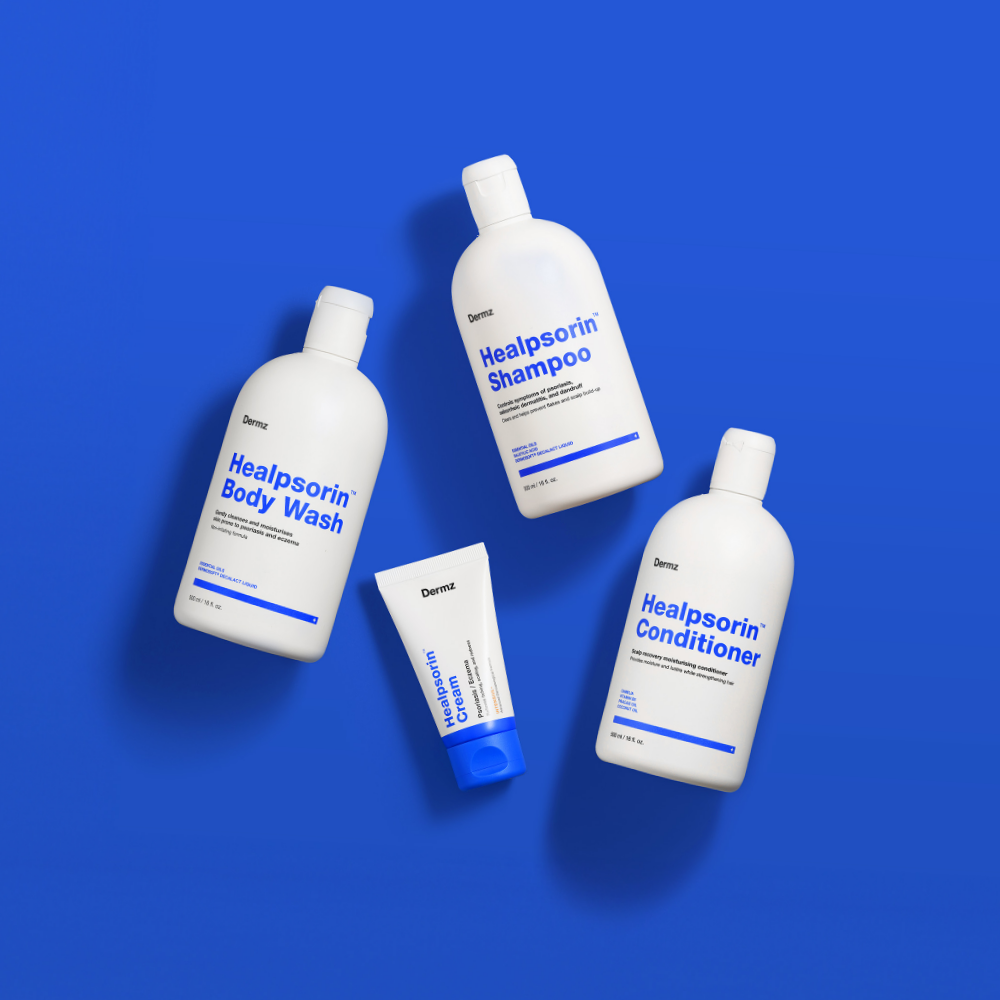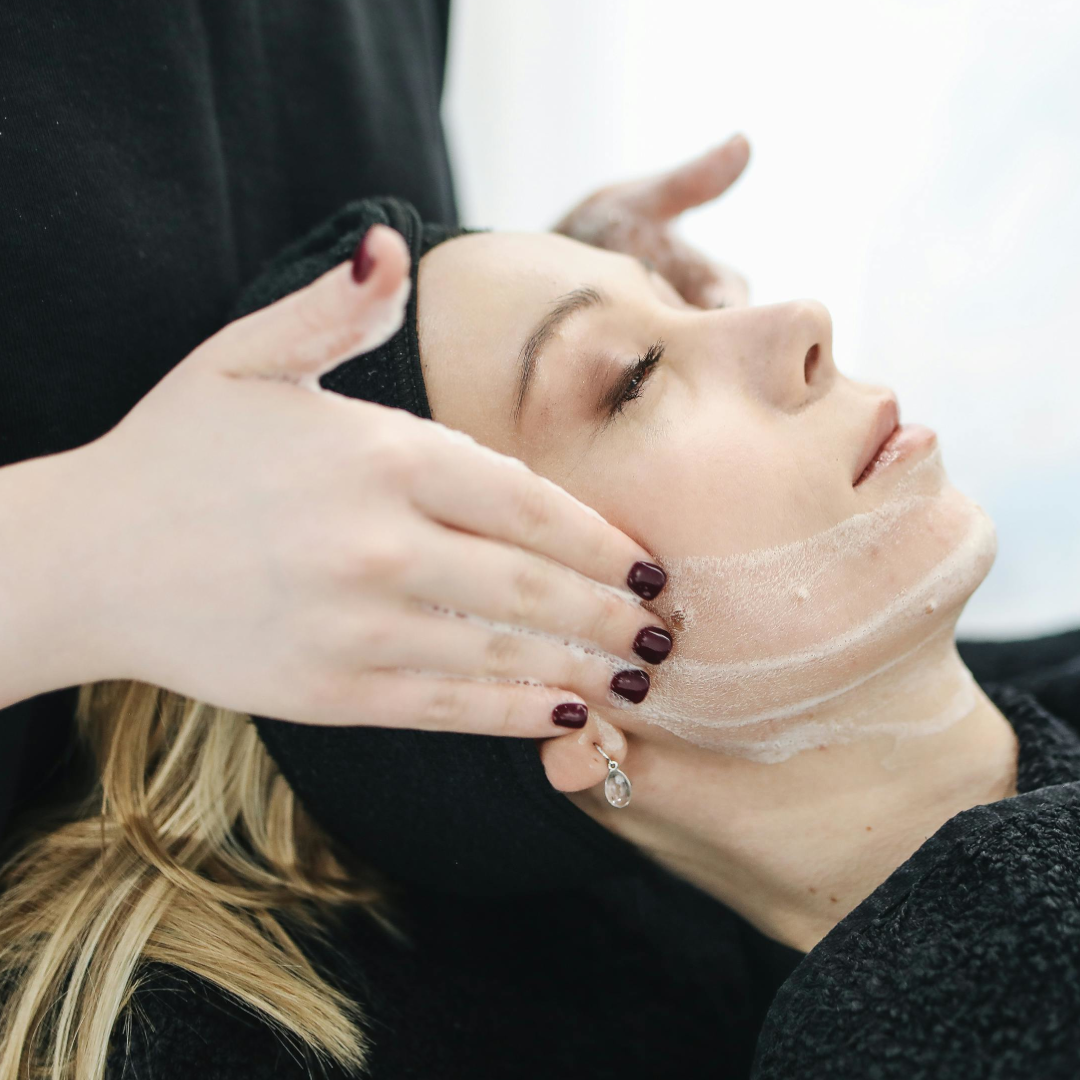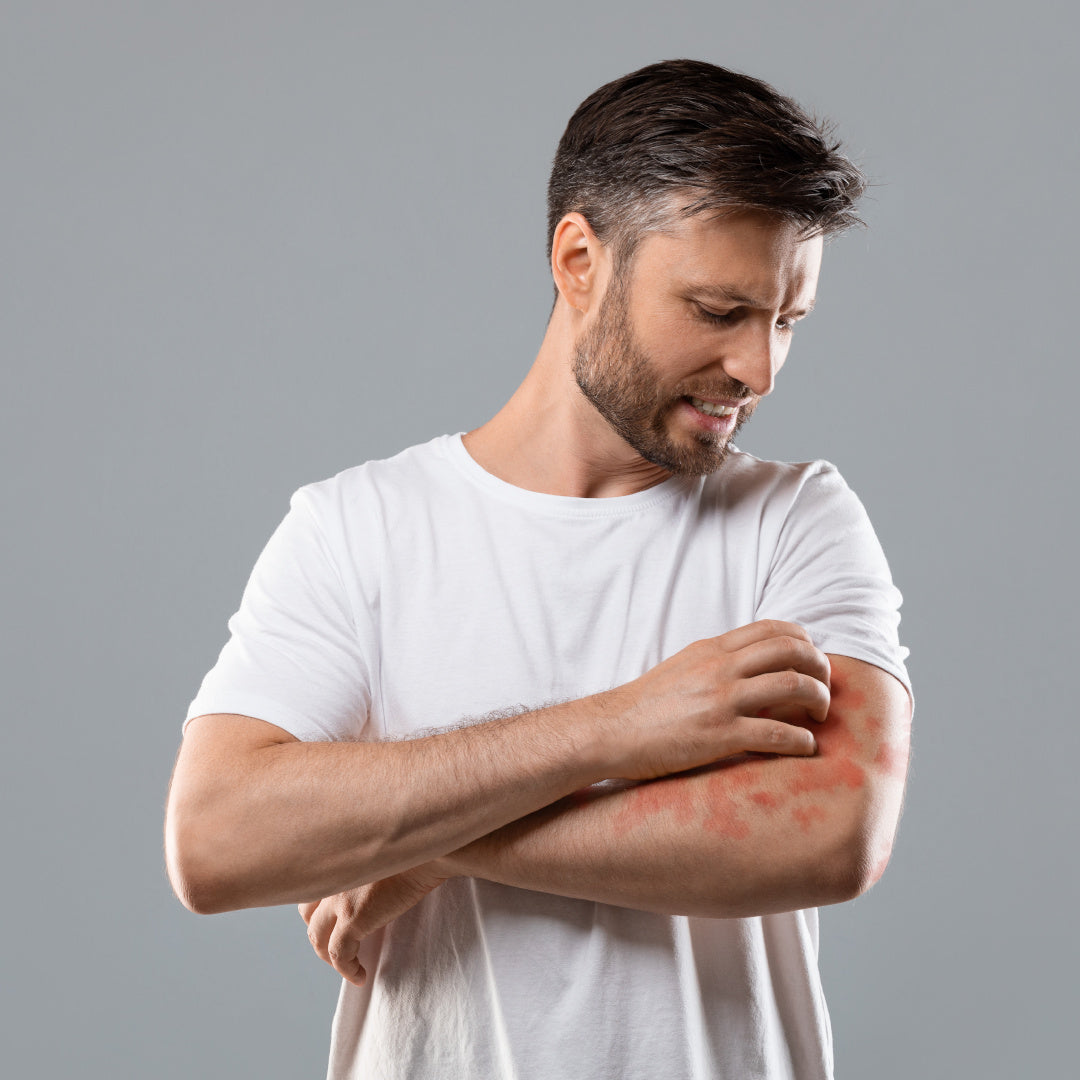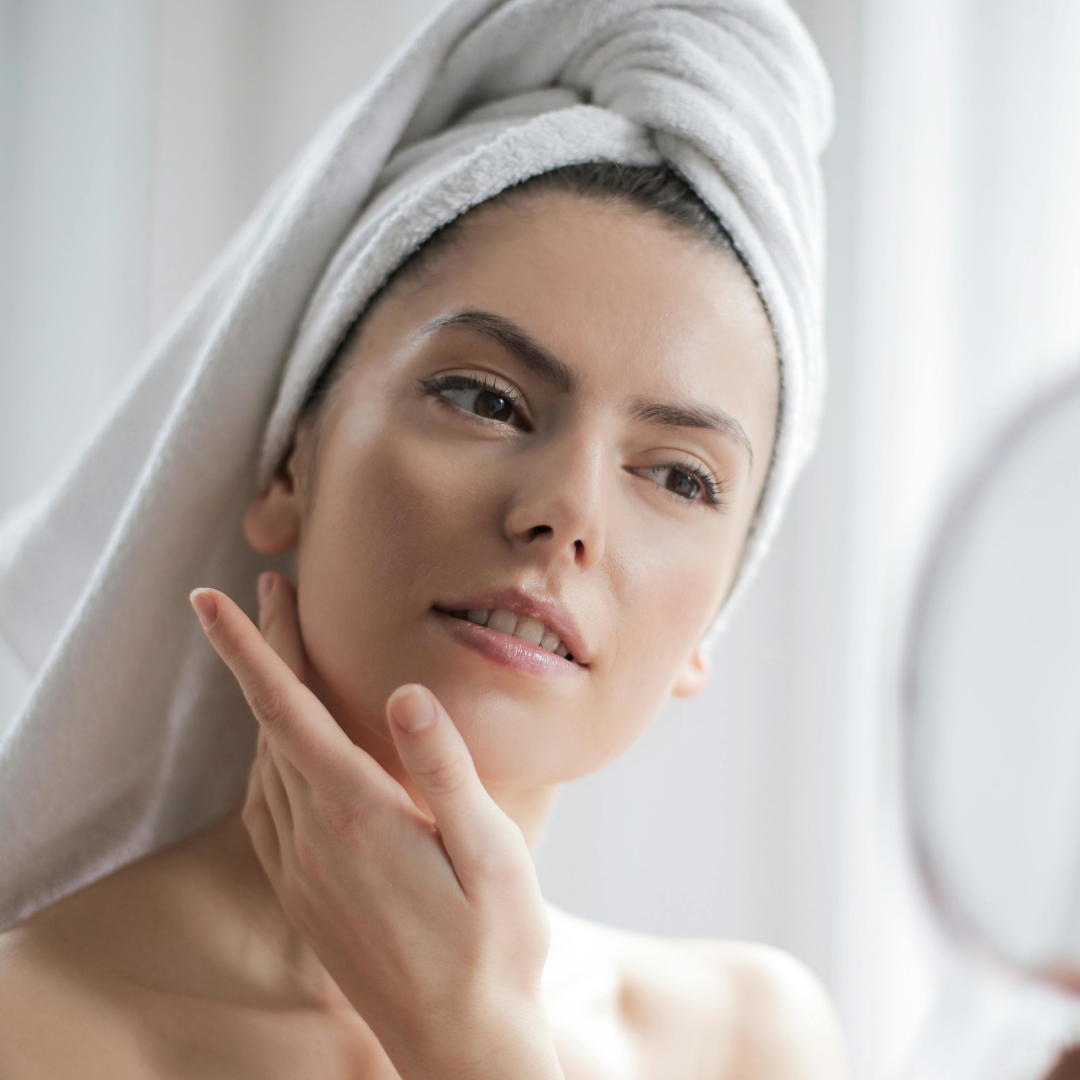Acne is no fun to deal with, but most people definitely have them! It's one of the most common skin issues out there.
This post will walk you through everything you need to know about recognizing different types of acne, who gets it, and when to ask a dermatologist for help.
Acne is So Common
- About 85% of people ages 12-24 have acne outbreaks of some kind. From little whiteheads to deep painful cysts, most teens and young adults deal with it.
- Over 9% of the entire world's population has acne. That makes it one of the most common health conditions globally.
- An estimated 50 million Americans have acne right now. You've got plenty of company in dealing with breakouts!
Acne Doesn't Just Affect Teens
- Around 15% of women aged 25-45 still battle acne. It can continue long after the teen years.
- People of all ethnicities get acne too. It's not limited to just certain skin types or races.
Virtually everyone goes through an acne phase at some point. Don't feel alone - there are millions right there with you!
Are You at Risk?
Acne can happen to anyone, but certain factors raise your risks:
- Age - Acne typically starts up around puberty when teenagers' hormones are raging.
- Family history - If your parents had acne, you're more likely to as well. Genetics play a big role.
- Oily skin - A higher amount of sebum (oil) production can clog pores and lead to more breakouts.
- Hormones - Fluctuating hormones, especially in teens and women, are often an acne trigger.
- Stress - High stress levels can worsen acne by increasing oil production.
So if you're a teenager, have oily skin, or are female - don't be shocked if you deal with more than a few pimples!
Don't Brush Acne Off - It Can Scar
Here's a scary fact: around 20% of acne cases lead to some kind of permanent scarring or skin damage.
The longer acne goes untreated, the more likely you'll be stuck with scars. Severe cystic acne has the highest risk of scarring.
That's why it's so important to treat acne proactively and not just ignore it. Stopping breakouts before they turn into big, inflamed cysts can help prevent scars.
Seeing a dermatologist sooner than later improves your chances of tackling acne without permanent damage. Don't write it off!
What Do the Different Types of Pimples Look Like?
Not all acne is the same. There are different types and severities.
Being able to identify your pimples is important for finding the right treatment. Let's go over some of the key acne types:
Whiteheads
Appearance: Small, flesh-colored bumps with a white tip
Cause: Pores get clogged with oil and dead skin cells. The plugged follicle stays below the skin.
Blackheads
Appearance: Look just like whiteheads but with a dark tip. Often crop up on the nose/forehead.
Cause: Clogged pores exposed to air oxidize and turn black. The plugged follicle remains open.
Papules
Appearance: Small pink/red tender bumps without a pus-filled tip.
Cause: Inflamed clogged pores. These are red and swollen but pus hasn't developed yet.
Pimples
Appearance: Big red bumps with a white/yellow pus tip. Really hurt!
Cause: Pus-filled lesions that form from very inflamed hair follicles.
Hard Nodules
Appearance: Large, solid, painful lumps deep under the skin.
Cause: Severe lesions even deeper than regular pimples. Less common but serious.
Cystic Acne
Appearance: Large, red, excruciating bumps under skin. Can scar.
Cause: Inflammatory bumps filled with intense infection and pus. Most likely to scar.
Where Do Breakouts Usually Appear?
While acne can pop up anywhere, these areas tend to see it most:
- Face - The forehead, cheeks, and chin are acne hot spots for many.
- Back & Chest - Common places for body acne, especially among teen boys. Clothing friction makes it worse.
- Shoulders - Zits frequently appear on the shoulders as well. Some women only break out here.
- Neck - The neck area is also prone to acne. Hair, sweat, and clothes irritation can worsen it.
And breakouts can also happen on the arms, behind ears, and even the butt. Everyone's acne pattern is a little different!
Final Thoughts
Dealing with acne is no fun, but hopefully now you know why using Vitumisil is important. Acne hits almost everyone at some point.
Just be patient, stay consistent with treatment. In a few cases, talk to a dermatologist if you need more help.


